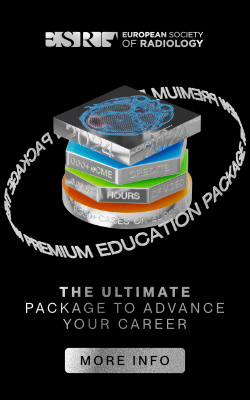Learning objectives
1) To understand the recent WHO brain tumour classification updates.
2) To identify the signature MRI features that suggests the histologic type, grade and possible genetic origin of the infratentorial pediatric brain tumours.
3) To make use of radiogenomics to arrive at final integrated diagnosis for infratentorial paediatric brain tumours.
Background
CNS tumours constitute the second most common pediatric cancers. It is the leading cause of cancer death in children from 0 to 14 years. Majority of them involve cerebellum and brainstem.(Figure 2)
Four versions of WHO Classification of CNS tumours have been published thus far.(Figure 3)
2016 WHO classification update uses molecular parameters in addition to histology to define tumour entities, formulating a concept for how CNS tumour diagnosis should be structured in this molecular era. Including both phenotypic and genotypic parameters makes it more...
Findings and procedure details
After obtaining detailed history and clinical examination, patients were examined at 1.5Tesla MR and following brain MRI sequences were performed: T2 fast spin-echo, FLAIR, unenhanced T1 spin-echo and contrast-enhanced T1 spin-echo. Axial gradient-echo and diffusion-weighted were available to review. ADC maps generation and MR spectroscopy were performed.
In this exhibit, oncogenic pathways, molecular subgroups and imaging features of pediatric infratentorial tumours are presented.
Oncogenic signalling pathway:
1.Growth factor binds to its specific receptor, resulting in transient activation of a cascade of intracellular reactions.
2.The signal...
Conclusion
Four layered diagnosis of infratentorial paediatric tumours comprises the molecular, genetic and histologic data with final integrated diagnosis of the tumour. This systematic way of objective and precise definition of the tumours will allow accurate clinical decision, improved tailoring of patient therapy and care.
Personal information and conflict of interest
G. Ushanandhini; Chennai, TAMIL NADU/IN - nothing to disclose S. Prabhakaran; Chennai/IN - nothing to disclose V. Nadaraja; Chennai/IN - nothing to disclose K. Gopinathan; Chennai/IN - nothing to disclose P. D. J. Devimeenal; Chennai/IN - nothing to disclose
References
Benson R et al Molecular predictive and prognostic factors in ependymoma. Neurology India
Johnson DR et al 2016 updates to the WHO brain tumor classification system: what the radiologist needs to know.
Ostrom QTet al CBTRUS statistical report: primary brain and other central nervous system tumors diagnosed in the United States in 2010–2014.
Kumar V et al C. Robbins and Cotran pathologic basis of disease, professional edition e-book.
Louis DN, et al The 2016 WHO classification of tumors of the central nervous system: a summary....





